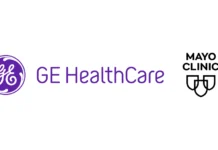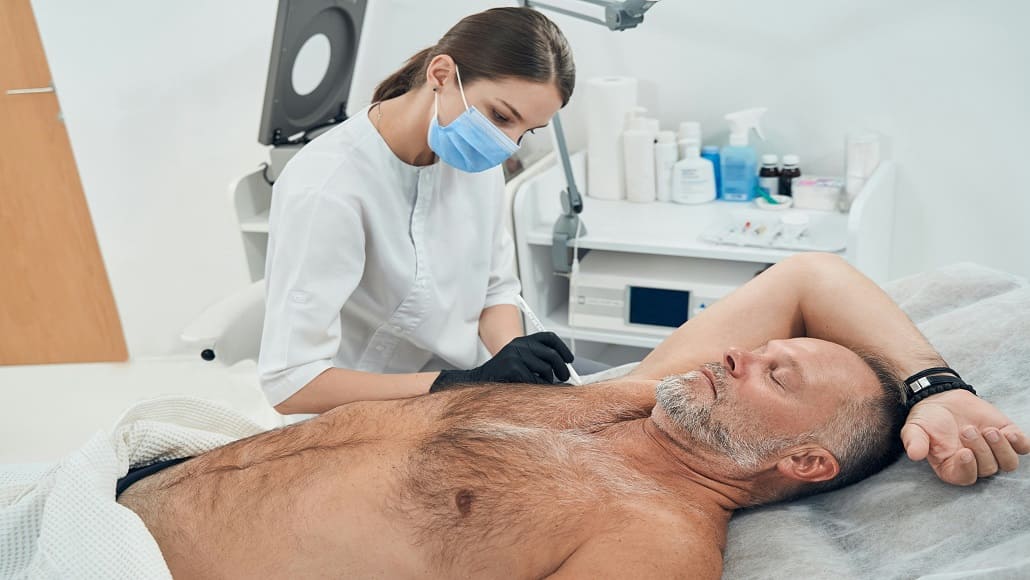Non-invasive treatments are becoming more widely integrated into men’s care plans. As patient needs shift, so too does the approach from practitioners looking for alternatives that reduce side effects and downtime. Treatment providers are giving more attention to low-intensity therapies, particularly where long-term management and preventative strategies are required.
Clinical teams are exploring these methods not as replacements but as additions to support traditional interventions. This includes a range of device-led solutions designed to stimulate healing responses without surgical procedures or daily medication.
This approach is being welcomed by both specialists and patients who value simplicity, safety and evidence-backed outcomes. Keep reading to find out more.
How Low-Intensity Therapies Operate Across Specialties
Low-intensity therapies typically involve controlled use of acoustic or mechanical energy to encourage natural tissue regeneration. Devices are used to apply focused sound waves or pressure stimuli to affected areas, stimulating blood flow, reducing inflammation or promoting cellular repair.
Such methods are increasingly being used in clinics focused on musculoskeletal injuries, chronic pain and vascular issues. Patients often report gradual improvements over a few sessions, with minimal disruption to daily life. This is especially relevant for men managing long-term conditions who may be balancing work, family or physical commitments.
Urologists, physiotherapists and sports rehabilitation professionals are all recognising the potential benefits. These therapies provide an option for those unable to tolerate medications or those looking to delay or avoid more invasive procedures. This is particularly helpful where underlying vascular health or tissue function is involved.
Supporting Men’s Health Through Targeted Application
One area where this approach is gaining recognition is in male-specific care pathways, particularly where vascular function or tissue health needs addressing. Men presenting with symptoms related to circulation, chronic strain or reduced function may find that traditional medication does not resolve the underlying issue.
This has encouraged some clinics to adopt low-intensity solutions that target root causes rather than only alleviating symptoms. As these therapies do not rely on pharmaceuticals, they often appeal to patients looking for fewer side effects or more sustainable outcomes.
For example, ED shockwave therapy for men is being explored as a non-surgical alternative for those with circulation-related conditions. By applying low-frequency acoustic waves to the affected area, clinicians can support tissue regeneration and improve function without the need for long-term medication. The treatment is typically administered across several sessions and has been noted for its ability to stimulate natural repair mechanisms.
While it may not be suitable for all patients, its inclusion in clinical pathways reflects a growing demand for adaptable and low-risk solutions. It allows practitioners to offer options that focus on the wider physiological picture, rather than addressing surface-level symptoms alone.
Integrating Non-Invasive Options Into Clinical Planning
Effective integration starts with awareness and proper patient selection. Clinicians must assess the patient’s underlying condition, expectations and overall health before recommending device-led therapies. These treatments work best when supported by diagnostics and structured follow-up.
Education plays a role too. Patients benefit from understanding what to expect during treatment and how results are likely to develop over time. This includes discussing the number of sessions required, any short-term side effects and how the treatment fits within a broader plan.
Care teams should also remain up to date with the latest data. As research continues to expand, studies highlight where these therapies deliver most benefit and which patient groups respond most consistently. This helps practitioners refine their approach, ensuring effective and safe application.
What’s Next for Technology in Men’s Care
More clinics are now seeking out solutions that offer practical, affordable and safe outcomes without extended recovery periods. This has driven innovation in device technology, with manufacturers producing equipment designed for clinic or outpatient use. These systems are often compact, adjustable and suitable for different treatment intensities.
Looking ahead, there is potential for even broader use. Ongoing studies into acoustic-based therapies explore their role in conditions like tendon repair, soft tissue regeneration and neurological recovery. For male patients in particular, this could open new opportunities to manage pain, restore function and support longer-term wellness goals.
Wider access depends on continued clinical evidence and cost-effectiveness. Health systems are more likely to adopt therapies that reduce follow-up visits, improve recovery timelines or lessen reliance on medication. This pressures suppliers and clinicians to collaborate closely, ensuring that technology matches real patient needs.
Supporting Men with Forward-Thinking Treatment Options
Men’s healthcare is shifting towards earlier intervention, flexible solutions and treatments that fit into busy routines. Low-intensity therapies contribute to this shift, offering patients an evidence-based way to support recovery without the risks linked to surgery or long-term drug use.
When used properly, these therapies give clinicians more choice and patients more control. As more research emerges and devices become widely available, clinics can continue building on these options.
Now is the time for providers to expand what’s possible within non-invasive care, not as a replacement, but as a reliable and responsible part of men’s treatment planning.


















